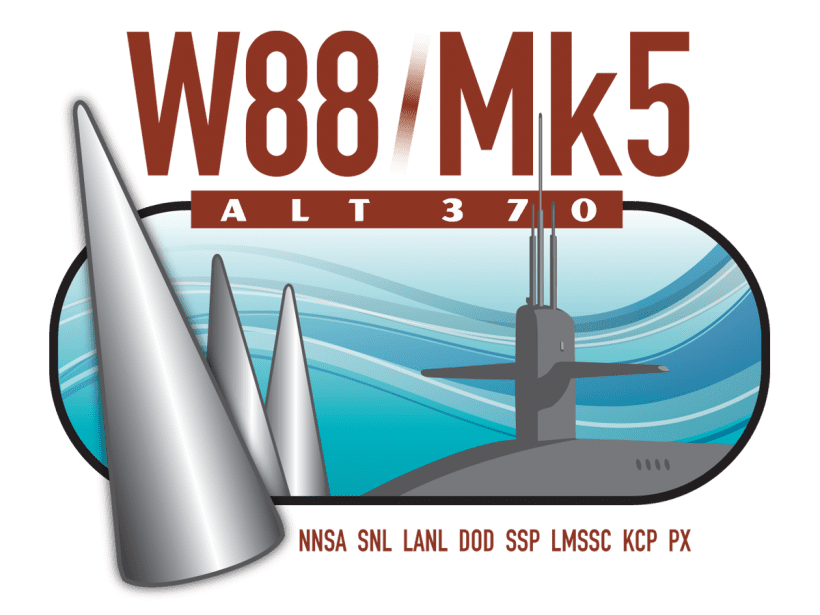
Federal officials did not inappropriately block contractors from investigating concerns about a program to refurbish one of the Navy’s two nuclear weapons, the Department of Energy’s inspector general wrote in a recent report.
The National Nuclear Security Administration (NNSA) is upgrading the W88, which tips submarine-launched intercontinental ballistic missiles and entered service in 1988, for up to another 30 years of service. The joint DOE-Pentagon Nuclear Weapons Council approved production of the upgraded weapon in 2022, after about a year-and-a-half of delays resulting from the replacement of the warhead’s electrical capacitors: short-term energy-storage units.
Also in 2022, the Inspector General wrote in a report published Sept. 5, an unidentified person alleged that NNSA officials discouraged anyone from opening what is known as a Significant Finding Investigations into suspected problems with the W88 Alt-370.
These investigations look into “anomalies that could adversely affect nuclear weapon safety, performance, reliability, or field operations” and can take “a few years” to conduct, the Inspector General said.
According to whoever blew the whistle to the inspector general, NNSA was “discouraging Significant Finding Investigations against the [W88 Alt-370] weapon system by encouraging the use of Specification Exception Releases to authorize the use of a product that did not completely meet its specification.”
One NNSA official interviewed by the inspector general estimated that more than 90% of all nonconformities identified during the W88 Alt-370 program were resolved with exception releases.
But the inspector general did not substantiate the allegation that this was a problem. Likewise, the internal agency watchdog could not substantiate three other anonymous allegations about the W88 Alt-370 program.
The other allegations were: that NNSA officials were abusive to employees of site management and operations contractors; that NNSA hired too many contractors who contributed nothing to the program; and that NNSA recklessly and illegally used unsecure communications channels to discuss sensitive information.
“We did not substantiate the four allegations,” the inspector general wrote in the report. “However, interviews with [site management and operations] contractors conveyed that there was pressure from NNSA’s W88 Alt 370 Federal Program Office to resolve issues expeditiously.”
The W88 Alt-370 program will cost roughly $3 billion in 2022 dollars, the NNSA estimated in its fiscal year 2023 stockpile stewardship and management plan. The agency estimates it will deliver the final copy of the weapon to the Navy in 2026.
The Los Alamos National Laboratory is the design agency for the weapon, which the nonprofit Federation of American Scientists group in Washington estimates is the larger of the Navy’s two warhead, with an estimated yield of 455 kilotons.
The Pantex Plant in Amarillo, Texas does the hands-on work of upgrading W88. The Sandia National Laboratory designed parts for the warhead, including custom capacitors to replace the off-the-shelf capacitors deemed unsuitable for use in the weapon. The Kansas City National Security Campus in Missouri manufactures the non-nuclear parts of the weapon.